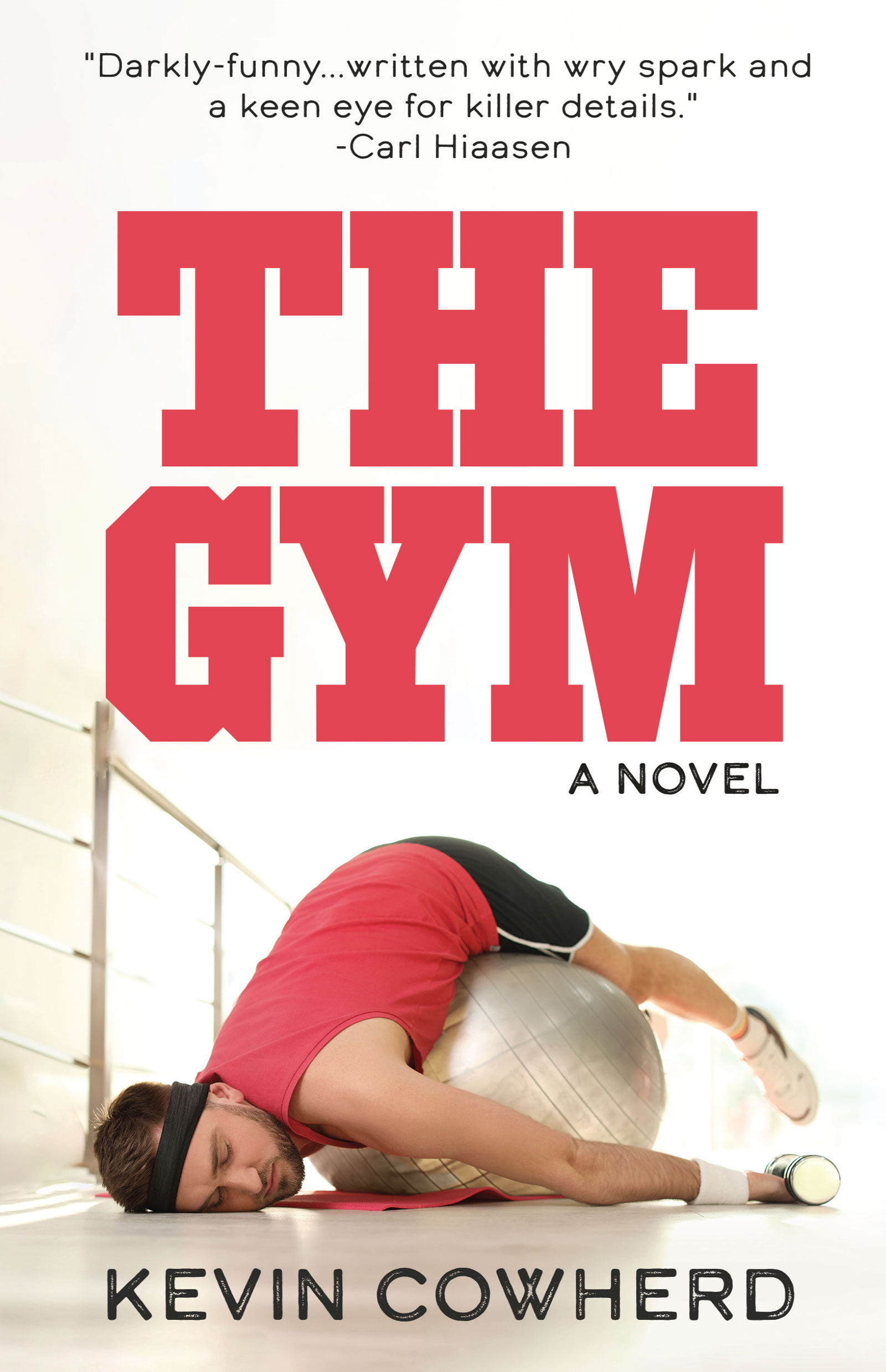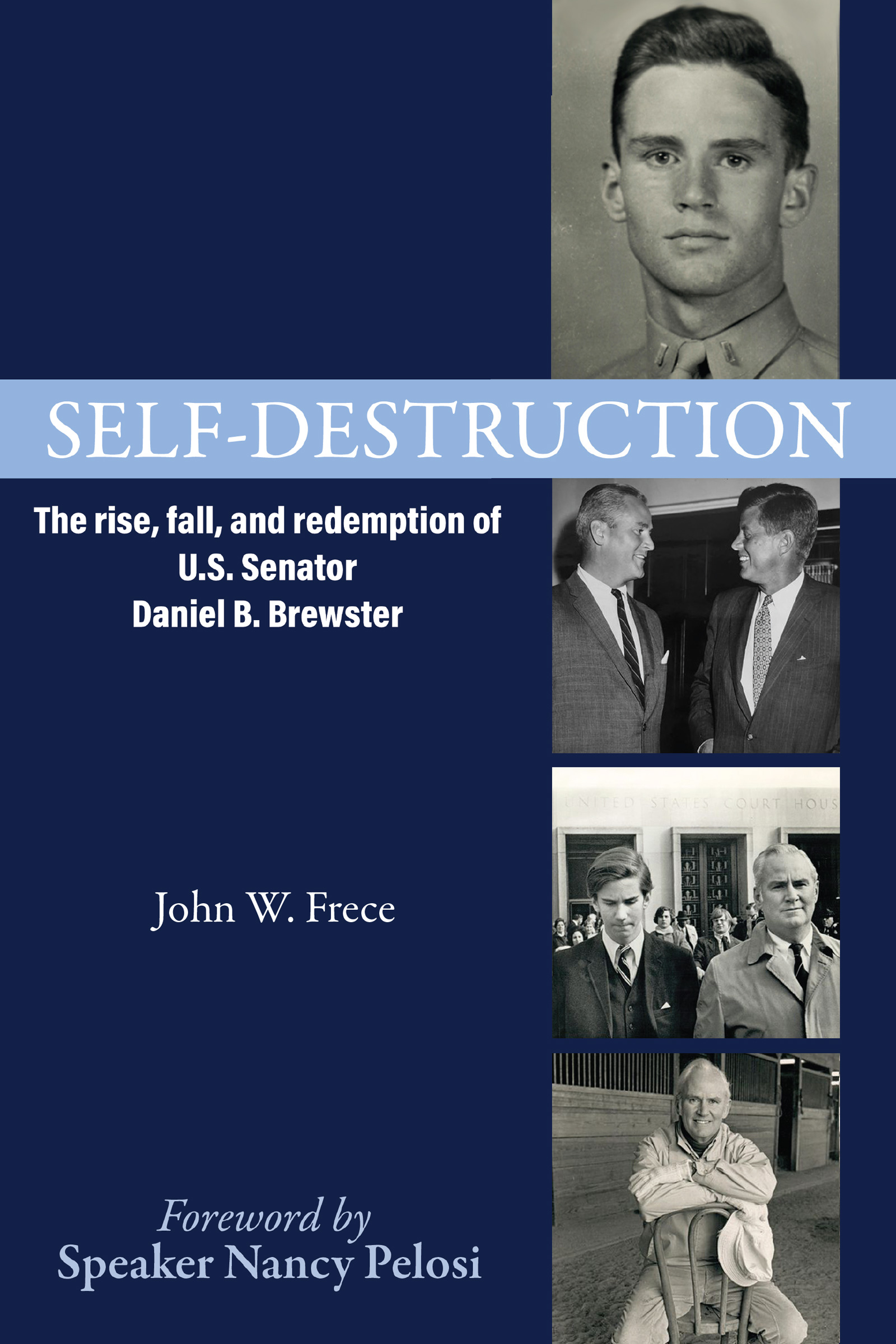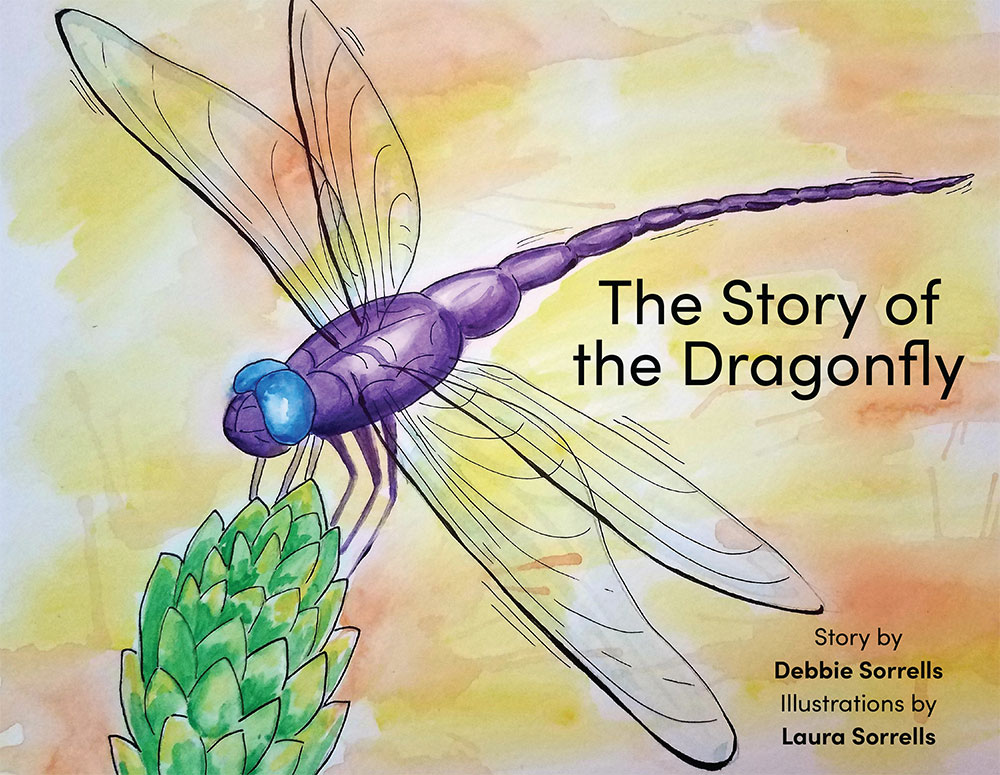Dive deep into the process behind Kashiana Singh’s inspirational poetry collection and her journey to self-discovery through this Q&A.
What inspired you to write the poems in this collection, or rather how did Woman by the door come to be?
The inspiration to write comes primarily from lived experience – memory, loss and grief, transition through places and cultures, inter-generational stories. There are some poems that are placed in the current environment as they are investigating a news element or responding to social issues.
Always though there is an urgency, a necessity of the poem needing to be written, to be born. I am often only a channel.
Woman by the Door is a conglomeration of poems over the last 9 years and ultimately honors the fertile space of being a woman – in the past, present and future, spaces that nourish her and that she has nourished as she has moved through doorways of living experiences.
Aperture is a set of poems that crystallizes memories.
For example, in ‘for the evil eye, is a narration of the cooking of bitter gourd that I witnessed women across generations in my family making. It is a childhood snapshot but a grown woman’s understanding is very different about the hands working the bitter gourd curry in the kitchen – the meditative, healing, even protective instincts of the woman cooking. The woman on the other side of the door now sees the bitter gourd making as a penance she herself will need to fulfil at some point and close the circle with the earlier generations of women in her family, and probably in her community.
It is often said that distance offers clarity and equilibrium. In this collection, the distance that the writing voice has could be a few decades or a few days from the lived experience depending on where the poem finds its birth.
Detours has poems responding to the current events and goes without saying that in the last year or so these poems offered me a sanctuary from the events related to the 2016 US Presidential election, or the unrelenting impact the pandemic has had.
The woman by the door, therefore brings together poems of witness, all standing at the portal, which is also the title of the second section of the book while the poet has been gathering, sifting and shaping burdens and blessings over the years.
What is the significance of the book being divided into three sections?
Each section is like a curtain drop – a pause, a breathe in and breathe out moment!
One section serves, offers an impetus to the, yet there is no sharp distinction between the three parts, they mesh together. The three sections are indicative of different stages between becoming aware of the portal and actually entering it as well as taking alternate routes when necessary.
My earlier book – Shelling Peanuts and Stringing Words was also divided into sections and I prefer doing so as it enables a sense of movement through the doorways, through time, through the mind of the reader and the writer as they traverse the journey together.
The naming convention of the three sections is gleaned from cinematic language – these poems being defining moments coming into existence through the apertures, portals and detours of daily existence.
Themes and poems across these sections are different but have a similar thrust. They are heterogenous and connected through an inherent pulse just like night and day are or east and west are. Section 1 – Aperture explores poems of memory and family, Section 2 – Portal opens the door to transition and growth, Section 3 – Detours holds our hand through loss and ache.
The most common element across all the sections is the deeply personal character of these poems and the ability to retain their roots while they discover themselves in the universal as well.
What does it mean to bring your background and heritage to your work? How does it influence your writing both in terms of content and language?
Everything!
What I mean by that is that background and heritage is not just a guest participant in my work but fully immersed within the poems through their inspiration, source, language, music or form. All of these elements stay in gestation till the final piece takes birth and are ingredients that add fragrance to our work. The tapestry stitched together is richer when suffused with elements of stories, sounds and shapes of buzzing words and drunken language.
The process of navigating through these poems gave me both the permission and the fortitude to remember and transmit aspects of my own background, my journey as a woman and as a global observer of dailyness.
As is often stated and recently reinforced by Nobel Prize winner Gurnah “writers come to writing through reading”, I firmly believe that writers come to writing with their heritage and history. The key is finding a way to unmute and uncover the moments of truth within that heritage and history.
My Indianness cannot be removed from my writing, my womanhood cannot be extracted from the body of my poem, my relationship to sights, sounds, palette, places, prayer, parenting pervades my sensibilities as a poet.
Does poetry resolve certain tensions for you and preserve stories for you?
It helps without doubt, it offers distance from the incident and the person involved and lets the language, the craft, the sound, the process become a methodology that provides clarity and reduces, removes noise. The act of writing poetry brings attention to the most important elements in any scene – and all else is eliminated. Therefore, tensions are resolved and one is left holding the quivering beauty of creation.
It helps walk you to the inner most chamber of the heart, or the womb of the cosmos.
My personal goal has been to embody work as worship into my avatar as a poet practitioner as well. Every word is a bead in a rosary, every poem a prayer, when still coming together it serves to heal as a chant, when it comes together it becomes a prayer that can be repeated, recycled, reinterpreted and revisited as needed.
One of the most relevant pieces that speaks to this is Derek Walcott’s Love after Love –
The time will come
when, with elation,
you will greet yourself arriving
at your own door, in your own mirror,
and each will smile at the other’s
welcome,
and say, sit here. Eat.
As a process of self-discovery, what has poetry taught you?
Poetry does not change or transform; it just opens doorways that allow us to enter our own and other’s dormant experiences. As Joy Harjo says “Every soul has a distinct song” I discovered mine during the process of amalgamating “Woman by the door.”
One of the human attributes I have been most inspired by is resilience. On those lines, engaging with poetry has taught me that endurance is as important to sustaining as a writer as is inspiration because one needs to plough through the daily distractions in order to commit to poetry and drive cohesive results – it could mean a closure to an image, a sentence, a juxtaposition, a haiku, a series, a collaboration.
Ultimately, I have come to believe even more firmly now with the events of the last two years that poetry and life and intertwined. To me poetry as a practice has been both transformative and meditative.
Do you have a writing or a composition process?
Once I have the idea, inspiration, motivation I don’t spend a long time marinating on it. I get it down on paper and the process continues from there. The poem then goes through various edits, revisions, sometimes elimination, often consolidation and frequently reduction process.
I have been fortunate over the last few years to have been able to build the discipline of writing everyday – output created is never perfect, not necessarily complete, often shoddy but it happens. It happens with an intentionality which is most important.
What writing tips do you have for other women?
- Tell your story – there is a poem in your stories. Don’t be afraid to listen to it, allow for the memory of the story to rise into your throat and the rest will start to shape.
- Learn to forgive yourself and other women so you can be unafraid to tell your stories. It seems a no brainer but kindness from women to women is probably the most underrated and very complex. It is the least taught and least practiced virtue. Be intentional about it in your writing.
- Create your work, and then send it out to the world just like you create life – with complete commitment, shedding all inhibitions.
- Do not abandon your voice, lean into your inherent meditative abundance instead.
- Remember that there are no coincidences, the taut thread that runs between different points of your life and people in your life is where stories are being written.
How do you think other women can support each other in the writing business?
- Share each other’s voice, disagree if necessary but with kindness
- Be a champion, cheer leader
- Listen, participate, celebrate each other uniqueness
- Sponsor where possible be it buying each other’s work, reviewing work, offering critique, leveraging social media platforms where possible, reading together, collaborative pieces and ideas – the world is your oyster!





